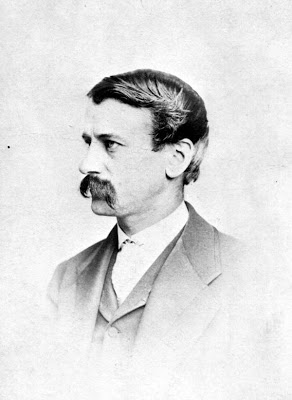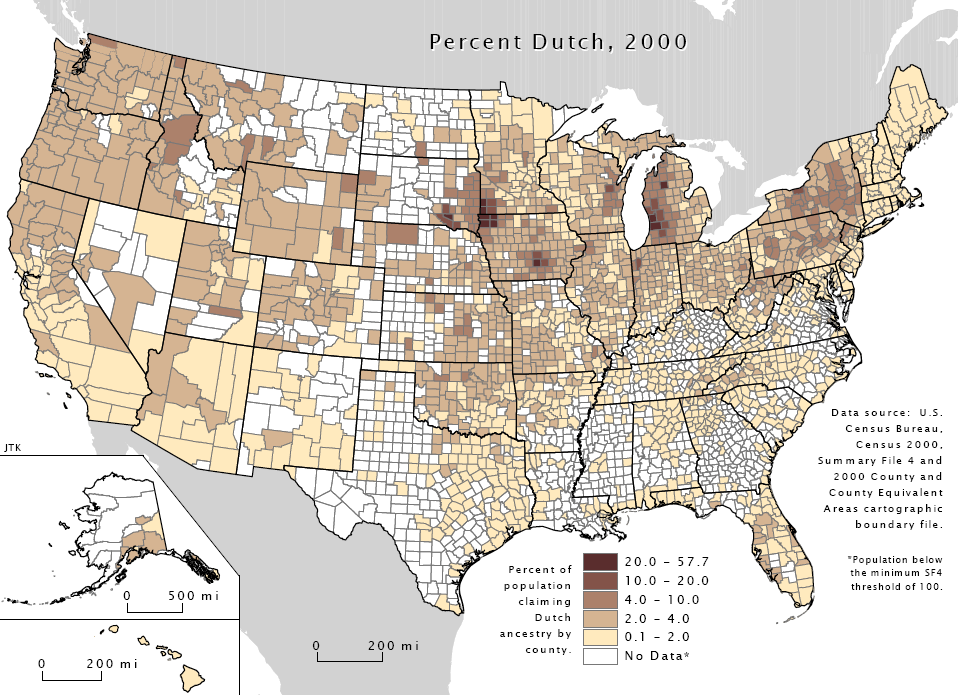|
Gomez Mill House
The Gomez Mill House is located in the Town of Newburgh, New York, USA, on Mill House Road a short distance off US 9W, just south of the Orange–Ulster county line (its mailing address is in nearby Marlboro, in the latter). Over 300 years old, it is the earliest known surviving Jewish dwelling in North America and the oldest home in Orange County listed on the National Register of Historic Places. History Luis Moses Gomez, a Sephardic Jewish merchant and trader whose Spanish Jewish ancestors fled to France to escape from the Spanish Inquisition for the New World, came to New York in the late 1690s. In 1705 he was granted an Act of Denization from Anne, Queen of Great Britain, which he purchased for 56 pounds British Sterling. This document gave him rights to conduct business, own property, and live freely within the British Colonies without an oath of allegiance to the Church of England. Gomez established himself as a prominent businessman and leader within the early Jewish com ... [...More Info...] [...Related Items...] OR: [Wikipedia] [Google] [Baidu] |
Newburgh (town), New York
Newburgh () is a town in Orange County, New York, United States. It forms part of the Poughkeepsie—Newburgh—Middletown metropolitan area, which is a part of the New York megacity, and is a suburban satellite of the urbanized city of Newburgh. The city of Newburgh was a part of the town prior to 1865. New York Stewart International Airport is partially located within the township, and much of the land into which it could have been expanded has been turned into Stewart State Forest. As of the 2020 census, the population of the town is 31,985. The 2010 census determined the population was 29,801, marking the first time ever that the population of the town of Newburgh officially exceeded that of the neighboring city of Newburgh (with a population of 28,866). Estimates released by the U.S. Census Bureau during 2018 show the Newburgh township's population exceeded 30,000. The town of Newburgh is known as the "crossroads of the Northeast," a phrase coined in the 1980s by then ... [...More Info...] [...Related Items...] OR: [Wikipedia] [Google] [Baidu] |
Hudson River
The Hudson River is a river that flows from north to south primarily through eastern New York. It originates in the Adirondack Mountains of Upstate New York and flows southward through the Hudson Valley to the New York Harbor between New York City and Jersey City, eventually draining into the Atlantic Ocean at Lower New York Bay. The river serves as a political boundary between the states of New Jersey and New York at its southern end. Farther north, it marks local boundaries between several New York counties. The lower half of the river is a tidal estuary, deeper than the body of water into which it flows, occupying the Hudson Fjord, an inlet which formed during the most recent period of North American glaciation, estimated at 26,000 to 13,300 years ago. Even as far north as the city of Troy, the flow of the river changes direction with the tides. The Hudson River runs through the Munsee, Lenape, Mohican, Mohawk, and Haudenosaunee homelands. Prior to European ... [...More Info...] [...Related Items...] OR: [Wikipedia] [Google] [Baidu] |
Maitland Armstrong
David Maitland Armstrong (April 15, 1836Armstrong, Maitland. Margaret Armstrong (Ed.) (1920''Day before Yesterday: Reminiscences of a Varied Life''.New York: Scribner, p. 157.May 26, 1918) was ''Charge d'Affaires'' to the Papal States (1869), American Consul in Rome (186971), and Consul General in Rome (187173).Armstrong, D. Maitland (David Maitland), 1836-1918 ''Archives Directory for the History of Collecting in America'', , 2014. Retrieved 30 June 2014. He was also an important |
Committee Of Safety (American Revolution)
In the American Revolution, committees of correspondence, committees of inspection (also known as committees of observation), and committees of safety were different local committees of Patriots that became a shadow government; they took control of the Thirteen Colonies away from royal officials, who became increasingly helpless.T. H. Breen, ''American Insurgents, American Patriots: The Revolution of the People'' (Macmillan, 2010), pp. 162, 186–89. In Massachusetts, as affairs drew toward a crisis, it became usual for towns to appoint three committees: of correspondence, of inspection, and of safety. The first was to keep the community informed of dangers either legislative or executive, and concert measures of public good; the second to watch for violations of , or attempts of loyalists to evade them; the third to act as general executive while the legal authority was in abeyance. In February 1776 these were regularly legalized by the Massachusetts General Court but consolidate ... [...More Info...] [...Related Items...] OR: [Wikipedia] [Google] [Baidu] |
Clay
Clay is a type of fine-grained natural soil material containing clay minerals (hydrous aluminium phyllosilicates, e.g. kaolin, Al2 Si2 O5( OH)4). Clays develop plasticity when wet, due to a molecular film of water surrounding the clay particles, but become hard, brittle and non–plastic upon drying or firing. Most pure clay minerals are white or light-coloured, but natural clays show a variety of colours from impurities, such as a reddish or brownish colour from small amounts of iron oxide. Clay is the oldest known ceramic material. Prehistoric humans discovered the useful properties of clay and used it for making pottery. Some of the earliest pottery shards have been dated to around 14,000 BC, and clay tablets were the first known writing medium. Clay is used in many modern industrial processes, such as paper making, cement production, and chemical filtering. Between one-half and two-thirds of the world's population live or work in buildings made with clay, often ... [...More Info...] [...Related Items...] OR: [Wikipedia] [Google] [Baidu] |
Brick
A brick is a type of block used to build walls, pavements and other elements in masonry construction. Properly, the term ''brick'' denotes a block composed of dried clay, but is now also used informally to denote other chemically cured construction blocks. Bricks can be joined using mortar, adhesives or by interlocking them. Bricks are usually produced at brickworks in numerous classes, types, materials, and sizes which vary with region and time period, and are produced in bulk quantities. ''Block'' is a similar term referring to a rectangular building unit composed of similar materials, but is usually larger than a brick. Lightweight bricks (also called lightweight blocks) are made from expanded clay aggregate. Fired bricks are one of the longest-lasting and strongest building materials, sometimes referred to as artificial stone, and have been used since circa 4000 BC. Air-dried bricks, also known as mud-bricks, have a history older than fired bricks, and have an additi ... [...More Info...] [...Related Items...] OR: [Wikipedia] [Google] [Baidu] |
Attic
An attic (sometimes referred to as a '' loft'') is a space found directly below the pitched roof of a house or other building; an attic may also be called a ''sky parlor'' or a garret. Because attics fill the space between the ceiling of the top floor of a building and the slanted roof, they are known for being awkwardly shaped spaces with exposed rafters and difficult-to-reach corners. While some attics are converted into bedrooms, home offices, or attic apartments complete with windows and staircases, most remain difficult to access (and are usually entered using a loft hatch and ladder). Attics help control temperatures in a house by providing a large mass of slowly moving air, and are often used for storage. The hot air rising from the lower floors of a building is often retained in attics, further compounding their reputation as inhospitable environments. However, in recent years attics have been insulated to help decrease heating costs, since, on average, uninsulated a ... [...More Info...] [...Related Items...] OR: [Wikipedia] [Google] [Baidu] |
Storey
A storey (British English) or story (American English) is any level part of a building with a floor that could be used by people (for living, work, storage, recreation, etc.). Plurals for the word are ''storeys'' (UK) and ''stories'' (US). The terms ''floor'', ''level'', or ''deck'' are used in similar ways, except that it is usual to speak of a "16-''storey'' building", but "the 16th ''floor''". The floor at ground or street level is called the "ground floor" (i.e. it needs no number; the floor below it is called "basement", and the floor above it is called "first") in many regions. However, in some regions, like the U.S., ''ground floor'' is synonymous with ''first floor'', leading to differing numberings of floors, depending on region – even between different national varieties of English. The words ''storey'' and ''floor'' normally exclude levels of the building that are not covered by a roof, such as the terrace on the rooftops of many buildings. Nevertheless, a flat r ... [...More Info...] [...Related Items...] OR: [Wikipedia] [Google] [Baidu] |
Dutch American
Dutch Americans ( nl, Nederlandse Amerikanen) are Americans of Dutch descent whose ancestors came from the Netherlands in the recent or distant past. Dutch settlement in the Americas started in 1613 with New Amsterdam, which was exchanged with the English for Suriname at the Treaty of Breda (1667) and renamed New York City. The English split the Dutch colony of New Netherland into two pieces and named them New York and New Jersey. Further waves of immigration occurred in the 19th and 20th centuries. Prominent (partial) Dutch American political figures include Presidents Martin Van Buren, Warren G. Harding, and Theodore and Franklin D. Roosevelt and U.S. Senators Philip Schuyler, Nicholas Van Dyke, Hamilton Fish, John C. Ten Eyck, Daniel W. Voorhees, Arthur Vandenberg, Peter G. Van Winkle, Alan Simpson, Fred Thompson, John Hoeven, and Christopher Van Hollen. Two of the Founding Fathers of the United States, Egbert Benson and John Jay, were also of Dutch descent. Governors ... [...More Info...] [...Related Items...] OR: [Wikipedia] [Google] [Baidu] |
American Revolutionary War
The American Revolutionary War (April 19, 1775 – September 3, 1783), also known as the Revolutionary War or American War of Independence, was a major war of the American Revolution. Widely considered as the war that secured the independence of the United States, fighting began on April 19, 1775, followed by the Lee Resolution on July 2, 1776, and the Declaration of Independence on July 4, 1776. The American Patriots were supported by the Kingdom of France and, to a lesser extent, the Dutch Republic and the Spanish Empire, in a conflict taking place in North America, the Caribbean, and the Atlantic Ocean. Established by royal charter in the 17th and 18th centuries, the American colonies were largely autonomous in domestic affairs and commercially prosperous, trading with Britain and its Caribbean colonies, as well as other European powers via their Caribbean entrepôts. After British victory over the French in the Seven Years' War in 1763, tensions between the motherland and he ... [...More Info...] [...Related Items...] OR: [Wikipedia] [Google] [Baidu] |
Fieldstone
Fieldstone is a naturally occurring type of stone, which lies at or near the surface of the Earth. Fieldstone is a nuisance for farmers seeking to expand their land under cultivation, but at some point it began to be used as a construction material. Strictly speaking, it is stone collected from the surface of fields where it occurs naturally. Collections of fieldstones which have been removed from arable land or pasture to allow for more effective agriculture are called clearance cairns. In practice, fieldstone is any architectural stone used in its natural shape and can be applied to stones recovered from the topsoil or subsoil. Although fieldstone is generally used to describe such material when used for exterior walls, it has come to include its use in other ways including garden features and interiors. It is sometimes cut or split for use in architecture. Glacial deposition Fieldstone is common in soils throughout temperate latitudes due to glacial deposition. The type of f ... [...More Info...] [...Related Items...] OR: [Wikipedia] [Google] [Baidu] |








